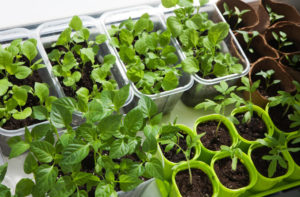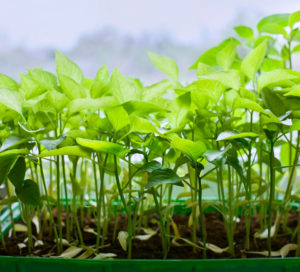An attempt to revive the elongated seedlings is an extreme measure, because such specimens, although still alive, are already unhealthy and can hardly reveal their full potential. Therefore, it is better to carefully review your approach to growing seedlings and try not to let it happen again.
How to help elongated plants
Suppose that errors in the cultivation of seedlings have already been made, you have to contemplate on your windowsill a bleak picture, and the transplantation of plants into the soil is delayed due to adverse weather conditions. It is worth trying to help the poor and somehow make amends (of course, for selfish purposes-with the hope of a future harvest).
To adjust the temperature
First of all, it is necessary to balance the temperature of the air in the room where the seedlings are. Someone for this may have to move to another room and finally open the window where the seedlings have been suffering for a long time. Another will transfer the plants to the glazed loggia, and someone, maybe, will bother at least for the night to rearrange the seedling boxes in a cooler place, for example, in the corridor or closer to the balcony door.
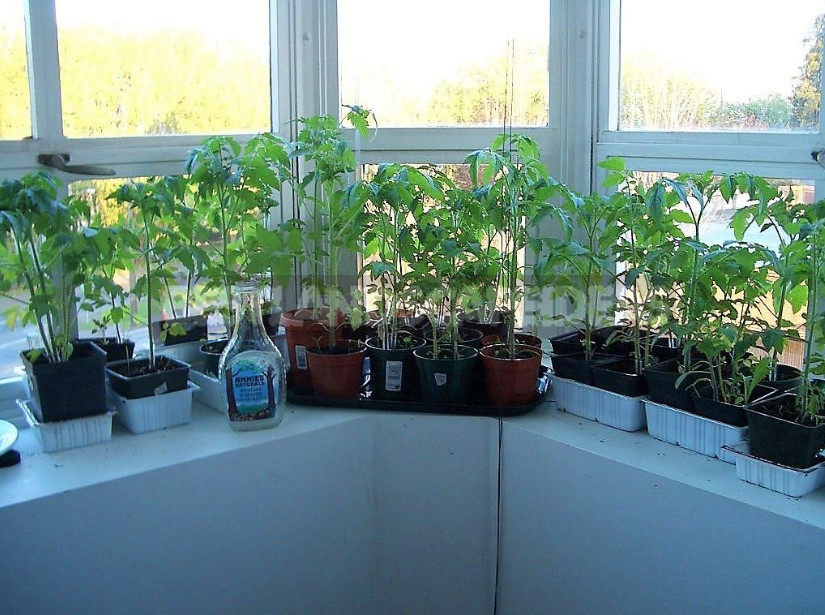
Tomatoes require daytime temperatures of +20 … + 23°C in clear and +18…+20°C in cloudy weather, and night +10 … + 12°C. Peppers and eggplants on a Sunny day will be comfortable at + 22 … + 25°C, in cloudy temperatures are reduced to +18…+20°C, and at night kept at +14… + 16°C.
The temperature regime of cucumbers, zucchini and other pumpkin is similar to the regime of tomatoes during the day, and at night – with the regime of pepper. Seedlings of onions, celery, lettuce prefer on a clear day to be at a temperature of + 16…+20°C, in cloudy +14…+16°, and at night at +10… + 12°C. cold-Resistant cabbage will require in Sunny weather to keep it at +16…+18°C, in cloudy to lower these values by a couple of degrees, and at night to cool the room to +8…+10°C.
Add lights
Undoubtedly, the elongated seedlings need to provide additional illumination as soon as possible. It can be special lamps, which are becoming increasingly popular today. You can also use led lamps or fluorescent lamps, with which it is necessary to bring the length of the day to 12-14 hours a day.
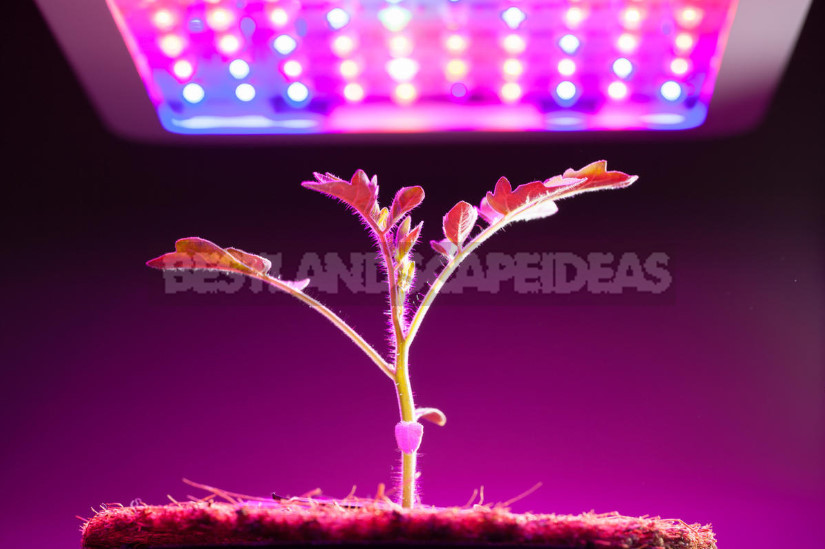
Committed and self-made retro-reflective screens, which are easy to make from a mirror, foil, a shiny roll of insulation, even the white paper or cloth. For example, every year for this purpose I “decorate” my Windows with reflective screens made of cardboard and ordinary foil for baking. To do this, along the length of the windowsill, cut out a piece of cardboard about 40 cm high, paste one side with foil, attach strong threads to it and hang it so that the screen is located at the level of the seedlings.
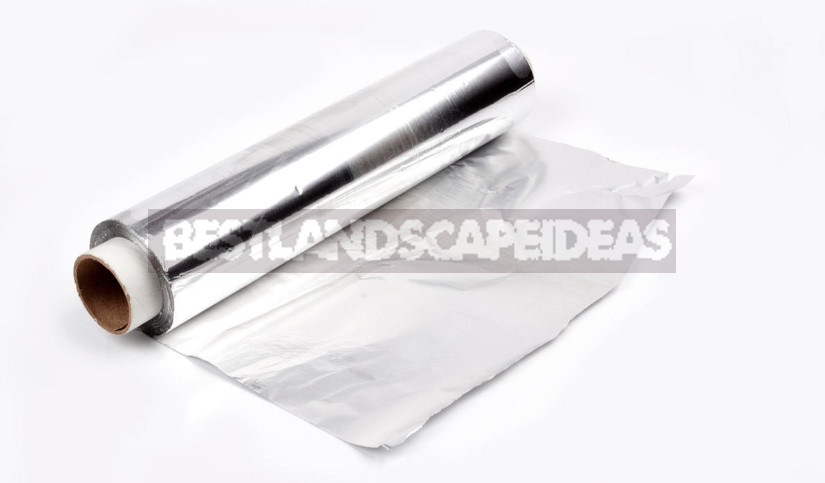
On clear days, this screen reflects the sun’s rays from the street and illuminates the plants from all sides. In cloudy weather, I finish the seedlings with a lamp equipped with a long mobile leg and a special mount that allows you to install this useful device here, on the windowsill, without encroaching on its useful area.

Reduce watering and feeding
In addition, you need to stop pouring water on the elongated plants and finally understand the concept of “moderate watering”. This means that the next dose of moisture to the seedlings should come only when the earthen lump dries up, and the leaves begin to slightly lose turgor. In addition, it is necessary to plant seedlings on a diet, if before you spoiled them too frequent fertilizing.
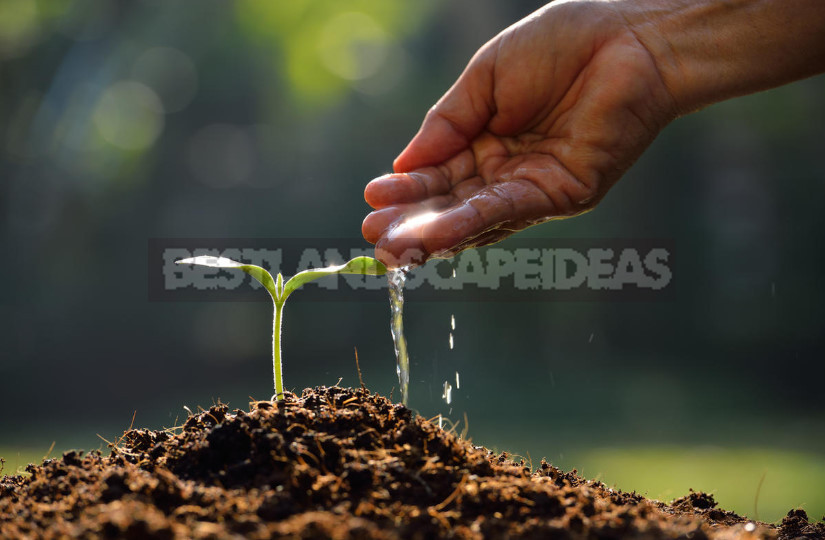
To Pick out plants
And if your seedlings are hungry and still huddled in a close box, then immediately proceed to the dive. Thickened plants should be seated in a more spacious container according to the scheme of not less than 8×8 cm or select (best of all) for each instance separate cups. Picking for a while will distract plants and force them to redirect forces to formation of new roots and restoration of the damaged.

If the seedlings were originally planted in separate glasses and stretched out, then it is necessary to fill all the free space in the containers with earth. The stalks of pepper, eggplant, cabbage,cucumbers and flowers should not be sprinkled with soil above 1-1.5 cm from the ground level, but tomatoes will perfectly transfer the powder until the first real leaves. If there is no free space in the glasses, and planting seedlings in the ground for a long time does not Shine, it makes sense to transplant the exhausted plants into more spacious pots.
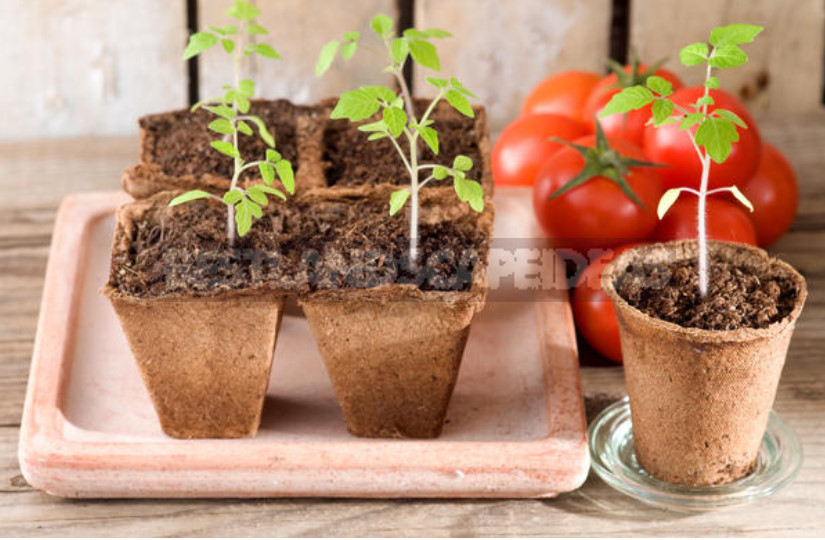
After picking, the seedlings need to be watered and for a couple of days to get rid of direct sunlight. The next portion of water should arrive according to the concept of “moderate watering”. After 10-12 days after transplantation, the plants are fed with phosphorus and potassium.
Take advantage of growth regulators
If your elongated seedlings have already formed 3-4 real leaves, you can resort to growth regulators – special drugs-retardants that restrain the rapid growth of the ground part of the plants and redirect their forces to the development of the root system.
However, you should not get involved in retardants-solutions for root irrigation or spraying on the sheet should be prepared strictly according to the instructions and be sure to adhere to the multiplicity of treatments specified there. Otherwise you can even more harm to worn-out plants.
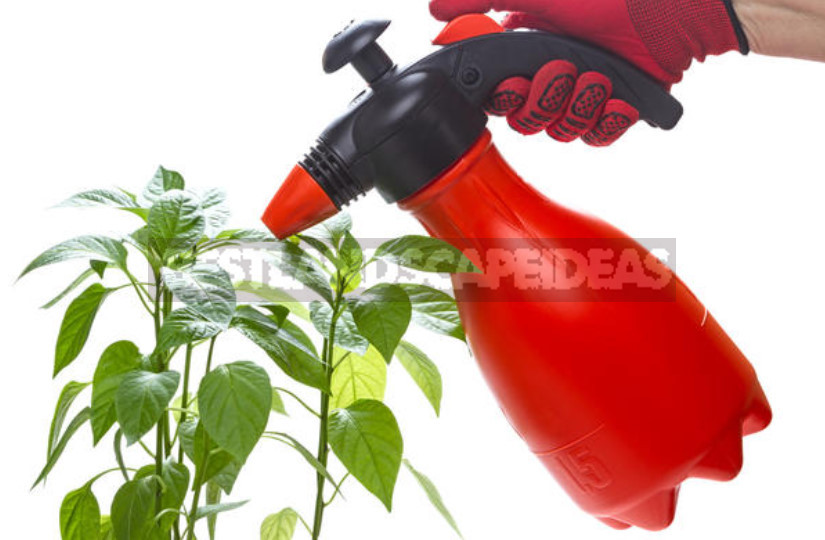
“Cut” seedlings
“Tame” unnecessarily elongated seedlings of nightshade crops (pepper, eggplant, tomatoes), you can use a pinch – fingers or scissors to remove the growth point on the main stem of each seedling. This technique will stop the exuberant growth of plants up and make the formation of lateral shoots in the axils of the leaves.
A relative of tomatoes, you can take a more drastic “haircut” — not only cut off a tiny crown, a longer stem with 2-3 leaves. With peppers and eggplants, I did not experiment, but the elongated tomato seedlings were regularly cut – left in a pot “stump” with 2-3 real leaves and cut off the top length of 7-12 cm (depending on the strength of the growth of seedlings).

Such cuttings for a few days rooted in a glass of water, and I planted them in separate cups with fertile soil. “Trimmed” copies for some time suspended in growth (what I was buying time, waiting for transplanting into the ground) and then actively began to issue from the axils of the remaining leaves stepchildren. In the future I have these bushes and led 2-3 stems.
In addition to picking with a deepening, seedlings of such flower crops as Antirrhinum, Lobelia, Carnation, Zinnia, Tagetes, Phlox, Matthiola, Salvia, Verbena, Impatiens walleriana, Bacopa, Lavandula, can also pinch – remove the top on the main stem, like pepper. But with elongated seedlings Petunia act the same way as with tomatoes – long stems are covered with cotyledons, and then cut off the tops of plants with a pair of leaves. Such cuttings can be easily rooted in the water and get hold of additional planting material.
And how do you cope with this unpleasant phenomenon? Tell us about your experience of growing garden and vegetable crops from elongated seedlings, how they grow.

